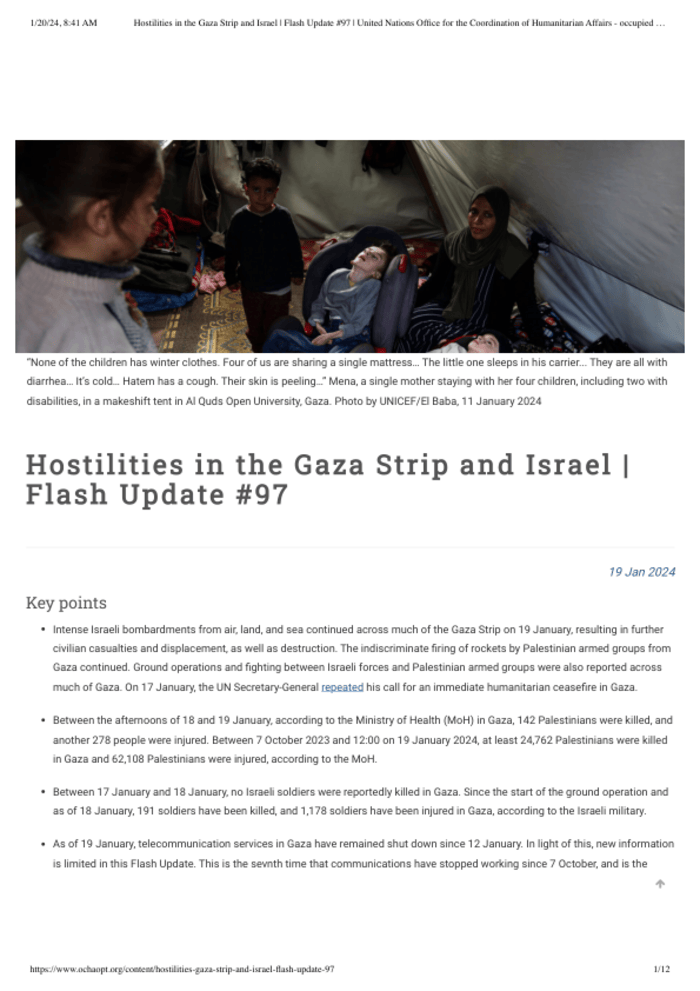Current Affairs in the Gaza Strip: A Complex Situation

Introduction
The Gaza Strip, a small coastal territory bordered by Israel and Egypt, has been a focal point of conflict and humanitarian crises for decades. Its geopolitical significance, coupled with the ongoing violence, draws international attention and concern. Recent escalations have heightened the urgency for deep understanding and humanitarian intervention, making the events in the Gaza Strip increasingly relevant to global audiences.
Current Events and Humanitarian Concerns
As of October 2023, the situation in the Gaza Strip has escalated dramatically following a surge in hostilities between Israeli forces and Palestinian groups, primarily Hamas. The latest outbreak of violence began on October 7, 2023, when Hamas launched an unprecedented series of attacks across southern Israel, resulting in significant casualties and prompting a robust military response from the Israeli military.
The United Nations has reported thousands of casualties, with many civilians trapped in conflict zones, exacerbating the humanitarian crisis that has plagued the region for years. Currently, over 1.5 million people in Gaza are in need of humanitarian assistance, and the ongoing conflict has resulted in severe restrictions on essential services such as water, electricity, and healthcare.
International entities, including the UN and various non-governmental organisations, are calling for an immediate ceasefire and for the protection of civilians. Aid corridors have been opened sporadically, yet significant barriers remain in place due to the volatility of the conflict, impacting delivery of crucial supplies.
Analysis and Prognosis
This escalating cycle of violence has implications that extend beyond immediate casualties; it threatens regional stability and complicates diplomatic efforts towards a long-term peace solution. Observers warn that without proactive engagement from the international community, the likelihood of future escalations remains high.
The trajectory of the Gaza Strip over the next months will depend largely on the responses from global leaders, humanitarian organisations, and local actors within the region. Growing international pressure for de-escalation could yield results, but historical patterns indicate that sustainable peace in the region requires addressing underlying socio-political issues.
Conclusion
The continuing crisis in the Gaza Strip serves as a reminder of the fragility of peace in conflict zones. For readers, understanding these developments is not only about foreign affairs; it reflects our responsibility as global citizens to advocate for humanitarian solutions that prioritise human rights and dignity for all affected individuals.
